Leśniki
Borough of Suchowola , Sokólski District, Podlaskie VoivodshipType of place
A forestInformation about the crime
Two Jewish tailors from Suchowola were hiding in the forest in the village of Leśniki from autumn 1943 to spring 1943. They sew for a living. Their hideout was revealed under unknown circumstances. German military policemen from the police station in Suchowola captured the tailors during a manhunt and murdered them. The bodies of the victims were buried by the inhabitants of Leśniki. The course of the manhunt and murder of the tailors is described in the volumes of the investigation into the crimes committed by the German military police stationed in Suchowola (S 75.2015 Zn):
Jerzy N. “I heard that there was a dugout near the village of Leśniki and Jews were hiding there. It was revealed and the military policemen killed them. There were two Jews there”. (p.15 vs.)
Antoni W. “Since autumn 1942, that is since the liquidation of the Jewish ghetto in Suchowola, two Jews were hiding in the forest near our village. These Jews came from Suchowola and I remember that they were tailors. I don’t know what they were called. I don’t remember how old they were either. These Jews were hiding until the spring of 1943, and then they were shot by military policemen from the Suchowola police station. […] When we left the village, I noticed that several military policemen from the Suchowola police station drove the two hiding Jews out of the forest. […] The military policemen turned the Jews towards the village and then shot them”. (pp. 67-68)
Marcin G. “Two Jews were hiding in the forest near our village. One of them was called Icek. I know that they were tailors. They were both about thirty-five years old. They dug a hole in the forest, where they hid until the spring of 1943. Then they were shot by military policemen from the Suchowola police station. […] I went home and found out from my sister-in-law that the military policemen from the station in Suchowola ordered all the young men to go to the forest where the Jews were hiding. The military policemen organized a manhunt in this forest. […] I went to the forest and saw a recently filled pit”. (p. 70)
Franciszek J.: “I don’t remember the exact date, probably in March 1943 or 1944, German military policemen from Suchowola murdered two men of Jewish nationality in our village. I did not know them. They were hiding after the liquidation of the ghetto in Suchowola in a forest near our village. It was owned by Franciszek Rydzewski. The Jews built a dugout and hid there. […] After some time we heard the military policemen shouting and saw that they had driven two men out of the forest. […]
I saw the gendarmes, standing about 3-4 meters away from the mentioned men, aiming rifles at them. I expected the gendarmes to shoot these men, so I turned around. I heard shots, I don’t remember how many. After that I looked towards the woods and saw the shot men falling to the ground. […] One of the men was still showing signs of life and the military policeman finished him off with a pistol. […] The murdered men were middle-aged, I heard that they were tailors”. (p.248)
Symcha Lazar, a Holocaust survivor who has been the chairman of the local Judenrat since the liquidation of the Suchowola ghetto, recalls the death of two men. After leaving the ghetto, he hid with local farmers. “The farmer came with tragic news. Two Jews were captured and shot in the forest near Suchowola. They were tailors from our town. […] Their names were Baruch Babri and Shlomo Berek.” (Lazar, 1947)
On the website jewishgen.org, which contains a list of pre-war Jewish residents of Suchowola, there is information that Szlomo Berek was married, had three children and lived on a School street, now Augustowska street. (https://www.jewishgen.org/yizkor/suchowola/suc603.html)
In December 2021, we met the family Z., the current owners of the forest plot where the bodies of the murdered tailors were buried. They told us what they knew about the two tailors murdered in the forest:
“There were two Jews here. Here, in Suchowola, in the forest of the Rydzewski family. Their house is still there, but they are gone. […] The Germans ordered the villagers to leave because they wanted to kill the Jews. Someone found out they were hiding in this forest. They dug a dug-out. […] All the people had to leave the village on horseback so that no one would catch them. The Germans ordered to surround the area and shot them. The Jews had to get out of this hole they dug for themselves. They shot them there and probably buried them there too.
– And who showed these Germans this place?
– There was a man named R. in the village. He was a very bad man. But his family is no longer here. They moved away.
– So the Germans involved the villagers in all this?
– Yes. They had to. People had to do it. They didn’t even know why they had to go there. Nobody knew.
– And they just told them to go there?
– Yes. And the Germans shot them. Poor people. It was probably two Jewish tailors. At night, they probably went to Podgrodzisko and sewed there. They made some money there. Maybe they sewed in exchange for food, it was like that during the war.
– And do you know where they were from?
– From the ghetto in Suchowola, because there was a ghetto there. Yes, for sure. They had to get out of there somehow. But no one knows how. […] That’s what my father and father-in-law told us. They said they were buried here for sure. No one knows if someone dug them out of here or if they are still there.
– How big is the forest?
– Not big. But it was here, by the road. There was a small dense forest and that’s where it probably happened.
– So, it was not far from the road?
– Not far.
– Is there still a hole there? Did someone cover it?
– It’s all overgrown there. You can’t see anything. So many years have passed…”
(Leśniki, December 2, 2021)
Commemoration
The place of the grave was marked with a wooden matzevah in 2022 as part of the project “Reference points – marking 25 Jewish war graves with wooden matzevot”. The project is an attempt to find a way of marking these places before they can be commemorated. Marking forgotten Jewish war graves with wooden matzevot is a subtle intervention in the landscape reminding about what remains invisible, yet present in the memory of local communities. Being only a temporary commemoration, wooden matzevot invite local communities to discuss and take action, to discover the places, and perhaps to start their own memory practice related to them or to initiate a permanent commemoration.
You can read more about the project here: https://tinyurl.com/2p9ar52f
The project was implemented thanks to the funding from The Association of the Jewish Historical Institute of Poland (Stowarzyszenie Żydowski Instytut Historyczny) and The Matzevah Foundation.


IDENTIFICATION OF THE GRAVE BASED ON NON INVASIVE RESEARCH
On March 3, 2022, a site inspection was carried out to determine the grave site of 2 victims. In the case of this location, it is not possible to find a mass grave without a precise determination of the search area (approximate GPS coordinates: N 53°37.162′ E 023°08.823′).
Aerial photography query for this area wasn’t ordered.
The LiDAR survey is not helpful in this case.
Sources
Transkrypcje
Contact and cooperation
We are still looking for information on the identity of the victims and the location of Jewish graves in Leśniki. If you know something more, write to us at the following address: fundacjazapomniane@gmail.com.
Bibliography
S 75.2015 Zn on crimes committed by German military policemen from the police station in Suchowola
Zagłada Suchowoli. Pamięci żydowskiego miasteczka między Białymstokiem i Grodnem, a story by Symcha Lazar, Original title: Khurbn Sukhovolye, lezikaron fun a yiddish shtetl tsvishn Bialystok und Grodn pub. in Mexico in 1947, edited by S. Zabłudowski. Translation from Yiddish into English by Zygmunt Elton, from English into Polish by Jacek Kiljański
Recording of the Zapomniane Foundation (audio file), name: Mr. and Mrs. Z., inhabitants of the village of Leśniki, subject and keywords: Leśniki, tailors, ghetto in Suchowola, interviewed by Anna Skiba, Leśniki, December 2, 2021.
We have collected the materials about this village thanks to the funding provided by the International Holocaust Remembrance Alliance as part of the project “The rural Holocaust. Collecting and safeguarding the never recorded testimonies 100 forgotten Jewish graves 2021-2022”. The materials for this website were developed, digitized and made available as part of the project “Development of a digital archive of Jewish war graves outside the extermination camps and educational use of archive resources” thanks to funding from the Minister of Culture and National Heritage from the Cultural Promotion Fund.
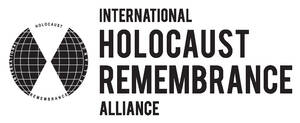
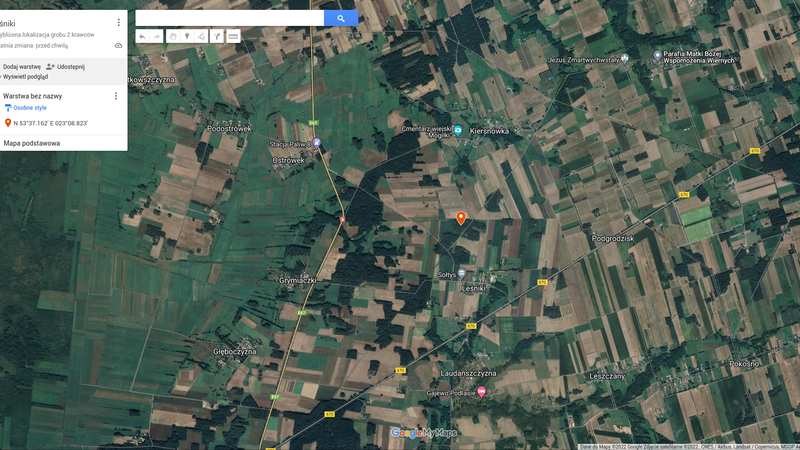 Leśniki fotografia satelitarna 1a
Leśniki fotografia satelitarna 1a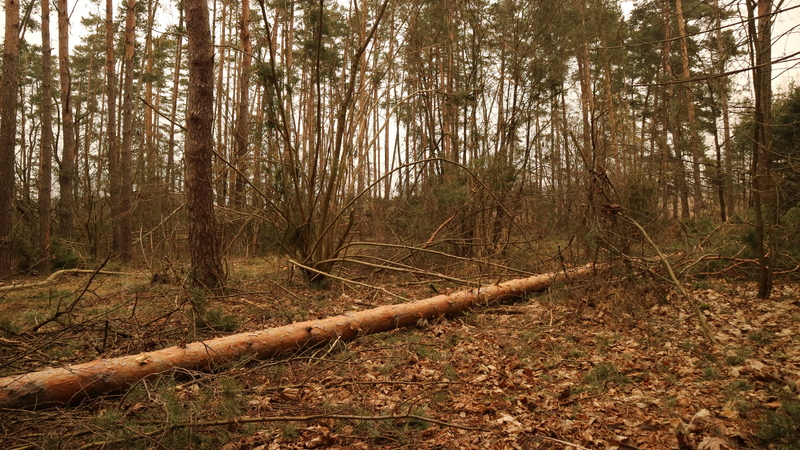 Leśniki fotografia 1 lokalizacji
Leśniki fotografia 1 lokalizacji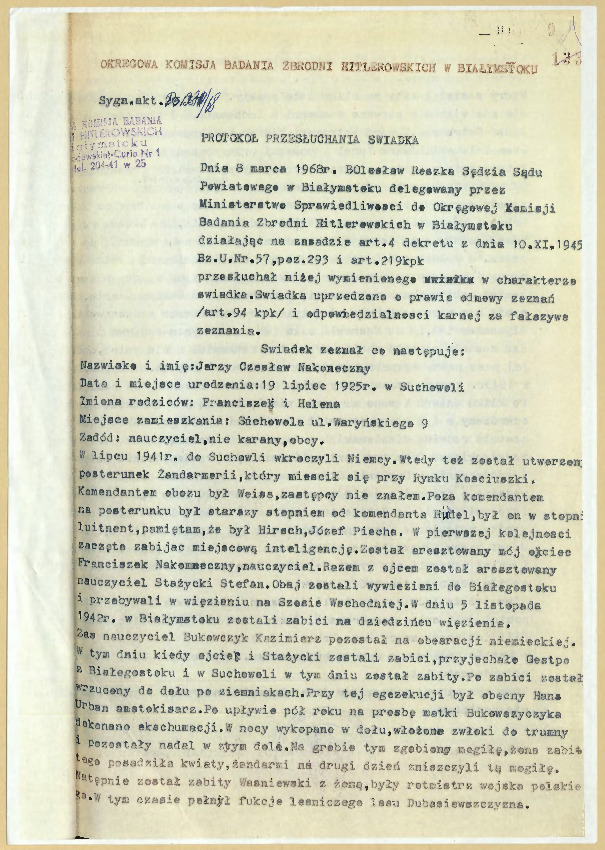 Protokoły przesłuchania świadków S 75.2015 Zn - Leśniki
Protokoły przesłuchania świadków S 75.2015 Zn - Leśniki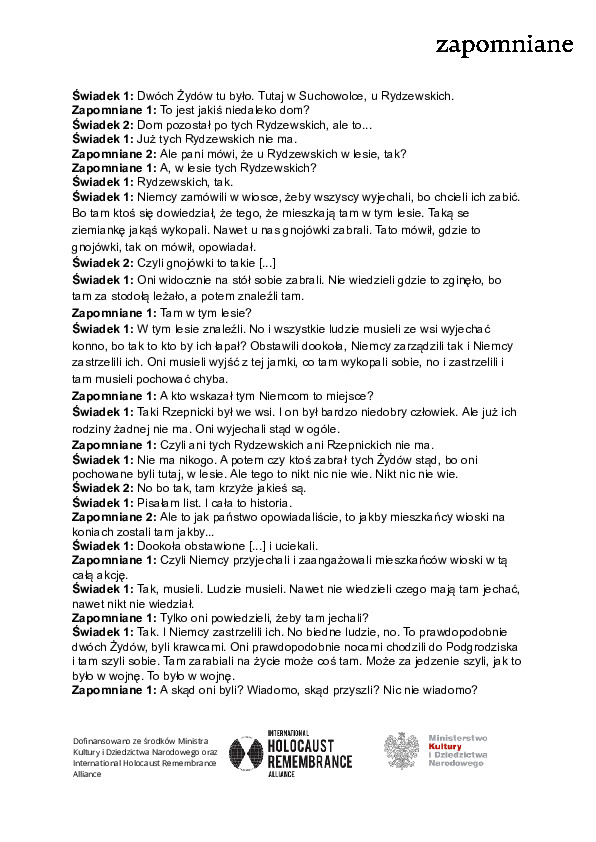 Leśniki - transkrypcja
Leśniki - transkrypcja